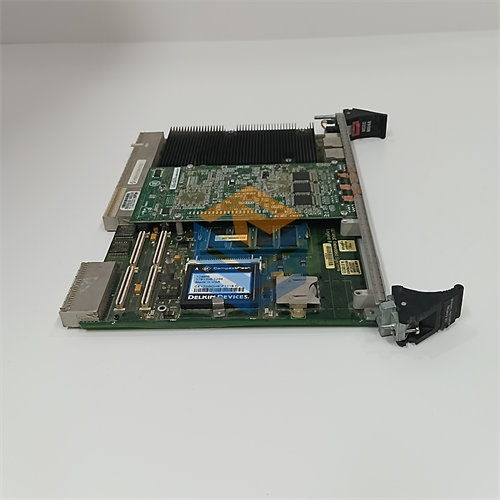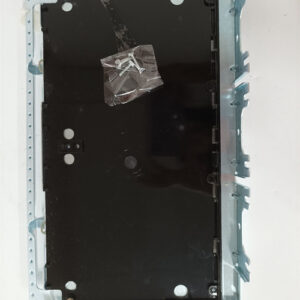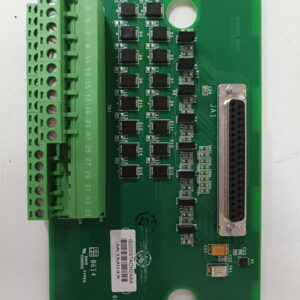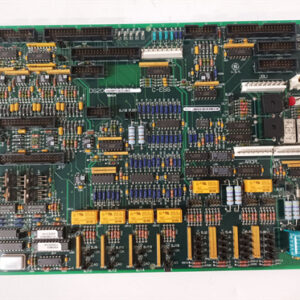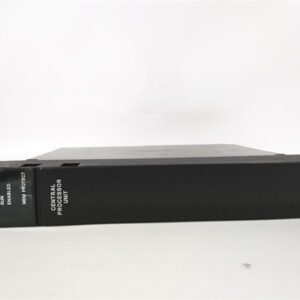الوصف
The GE $\text{DS200TCDAG1A}$ is a Digital $\text{I/O}$ Board (Input/Output) for the General Electric $\text{Speedtronic Mark V}$ Turbine Control System, often referred to by its functional acronym, $\text{TCDA}$.
Its primary function is to process and manage digital signals, specifically contact inputs (status signals from field devices like limit switches) and contact outputs (signals to activate relays and solenoids) essential for turbine sequencing, protection, and control.
⚙️ Key Functionality and Location
The $\text{TCDA}$ board acts as a crucial interface for all on/off control logic.
- Processing Digital Inputs: It receives digital contact inputs (which indicate status like equipment running/stopped, valve open/closed, etc.) from terminal boards such as $\text{DTBA}$ and $\text{DTBB}$. The board’s circuitry conditions these signals and time-tags any change of state, which is critical for accurate diagnostics and sequence-of-events recording.
- Controlling Digital Outputs: It sends relay/solenoid contact output signals to other boards (like the $\text{TCRA}$ boards) to directly actuate field devices on the turbine or auxiliary systems.
- System Location: The $\text{TCDA}$ board is typically located in one of the Digital $\text{I/O}$ cores of the $\text{Mark V}$ panel, designated as $\text{Q11}$, $\text{Q21}$, or $\text{Q51}$.
- Communication: Data exchange with the main $\text{Mark V}$ $\text{RST}$ controllers occurs over a serial communication network called the $\text{IONET}$ (I/O Network).
🛠️ Board Configuration
The $\text{DS200TCDAG1A}$ is configured using a combination of hardware and software settings:
1. Hardware
The board features multiple jumpers for various settings:
| Jumper ID | Function |
| $\text{J2, J3}$ | $\text{IONET}$ Termination Resistors (must be set correctly based on its position in the network). |
| $\text{J4, J5, J6}$ | Configure the board’s $\text{IONET}$ ID (unique address for communication). |
| $\text{J7}$ | Stall Timer Enable/Disable selection. |
| $\text{J1, J8}$ | Reserved for factory testing. |
2. Software
- Inversion: $\text{I/O}$ configuration constants, such as signal inversion settings (to define if a contact is normally open or normally closed), are entered via the $\text{I/O}$ Configuration Editor on the Human-Machine Interface ($\text{HMI}$).
- PROM Modules: Like other $\text{Mark V}$ core boards, the $\text{TCDA}$ includes Programmable Read-Only Memory ($\text{PROM}$) modules. These contain the board’s firmware and site-specific configuration. When replacing the board, these $\text{PROM}$ modules must be carefully transferred from the old board to the new one.
📋 Part Number Breakdown
The part number $\text{DS200TCDAG1A}$ signifies the following:
- $\text{DS200}$: $\text{Mark V}$ Series designation.
- $\text{TCDA}$: Functional Acronym for Digital $\text{I/O}$ Board.
- $\text{G1}$: The Group $\text{1}$ hardware design generation.
- $\text{A}$ (Trailing $\text{A}$): The functional product revision level.
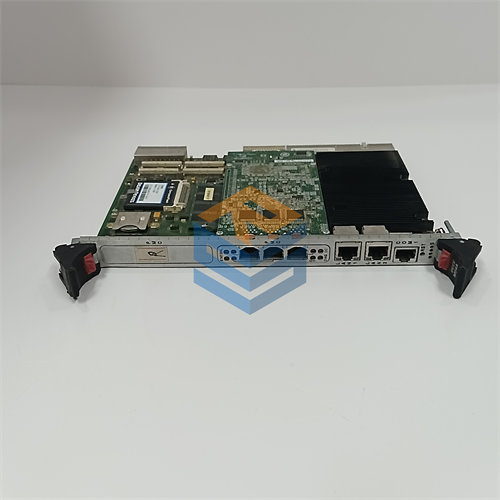


 +86 15340683922
+86 15340683922 +86 15340683922
+86 15340683922